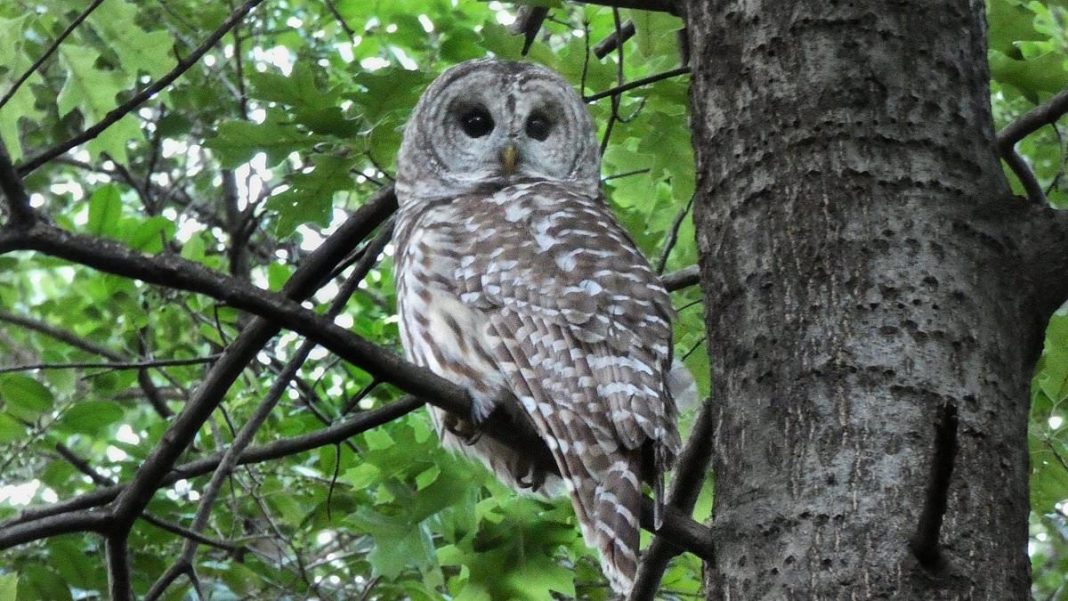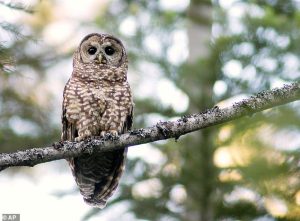US Government’s Plan to Cull 500,000 Owls Sparks Congressional Outrage
A controversial federal plan to eliminate nearly half a million barred owls is advancing despite fierce opposition from lawmakers and conservation groups who call it unnecessary and unworkable.
Key Takeaways
- Federal plan aims to cull 500,000 barred owls over 30 years to protect spotted owls
- Trained hunters would use calls to attract and shoot barred owls in three western states
- Republican Senator John Kennedy leads opposition, calling it “the dumbest thing possible”
- 75 conservation groups warn of ecological disruption and mistaken kills
Controversial Conservation Strategy
The Biden administration’s initiative would deploy trained hunters in California, Oregon, and Washington to reduce barred owl populations. These non-native owls are considered “better hunters” that outcompete the native spotted owl for resources.
Hunters would broadcast barred owl territorial calls to attract the birds, then shoot them on sight. In areas where firearms can’t be used, the protocol calls for capture and euthanasia.
The Department of Interior says it wants to kill over 10 percent of the Barred owl population because the Barred owl is a better hunter than the Spotted owl and they want to tip the scales of nature in favor of the spotted owl.
Political Opposition Mounts
Republican Senator John Kennedy has emerged as the plan’s most vocal critic, blasting the proposal as government overreach that “won’t work.” On the Senate floor, standing between images of both owl species, Kennedy questioned the logic of killing one species to save another.
“The federal government, which can’t even deliver the mail when it has the address right there on the front, and more specifically, the Department of the Interior, has promulgated a rule,” Kennedy stated, noting the plan targets 453,000 barred owls from a total population of four million.
Owl Species Comparison
The two owl species share similar appearances with rounded heads, brown-and-white bodies, and black eyes. Key differences include:
- Spotted owls: 1.5 feet long, 4-foot wingspan
- Barred owls: 2 feet tall, 4-foot wingspan (larger overall)
Barred owls began migrating from northeastern US to Pacific Northwest forests in the early 1900s due to climate change and deforestation. The spotted owl was listed under the Endangered Species Act in 1990 due to habitat loss, and barred owl migration has allegedly worsened their decline.
Broader Conservation Concerns
Seventy-five animal welfare and conservation groups, including Animal Wellness Action and the Center for a Humane Economy, have condemned the plan. In a letter to Interior Secretary Deborah Haaland, they called the 30-year culling strategy “reckless” and warned it could cause ecological disruption and “mistaken-identity kills.”
The controversy echoes the 1980s-1990s “Timber Wars” when environmentalists clashed with loggers over Northwest forest harvesting, leading to spotted owl protections.
Economic Implications
The American Forest Resource Council supports the cull, arguing that without it, timber harvesting would slow across 2.6 million acres of western Oregon forest managed by the Bureau of Land Management.
Travis Joseph, the council’s president, warned that blocking the plan would “lead to lower revenues for counties, impact jobs and put them on a trajectory towards extinction” of the timber industry.
To stop the owl-culling initiative, Congress must pass a joint resolution that would prevent the agency from implementing similar rules without explicit approval.







